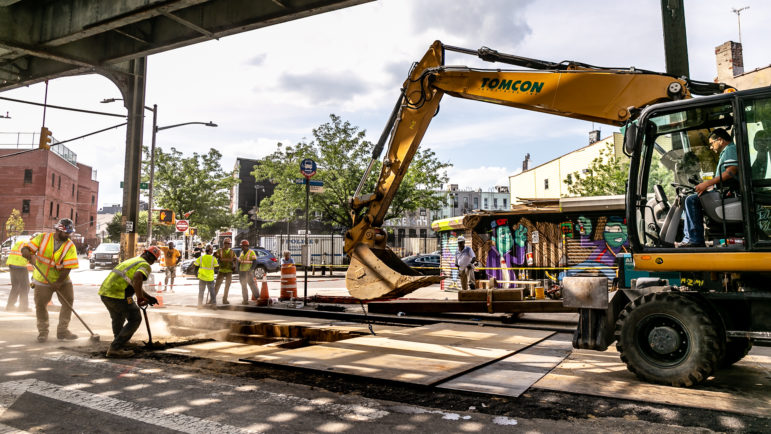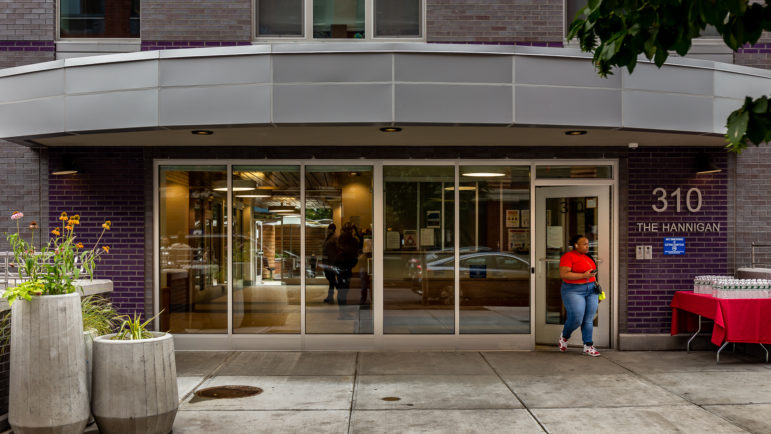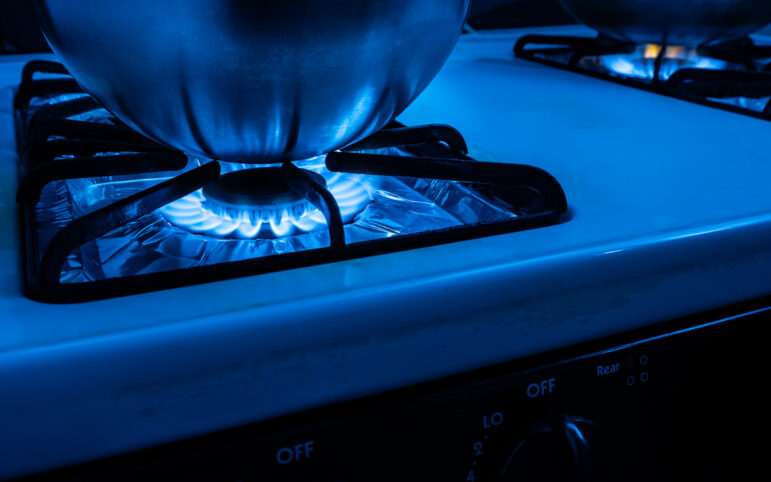New York City firefighters responded to more gas leaks than any other city in the nation, a new study found.

Adi Talwar
In New York City, firefighters responded to more than 22,000 uncombusted gas leaks in 2018 alone, the most of any major city in the country.Fighting gas leaks in New York City could be costing taxpayers more than $70 million a year, a new report by the research and policy institute PSE Healthy Energy finds.
The study analyzed gas leaks that were reported to the federal government’s National Fire Incident Reporting System and confirmed by firefighters in cities across the nation between 2003 and 2018, before the pandemic brought the world to a halt.
“A preliminary analysis suggests that the number of possible responses to gas leaks has continued to increase through 2023,” Sebastian Rowland, one of the authors of the study warned.
This is particularly concerning for New York, where firefighters responded to more than 22,000 uncombusted gas leaks in 2018 alone, a number that far surpasses those registered in other U.S cities. New York had over four times the amount of responses to gas leaks than Chicago, which took second place in the study’s ranking, with a little over 5,000 incidents recorded in 2018.
The Empire State also had two other cities make the top of the list: Yonkers and Rochester came in third and fourth in the ranking, with over 1,000 reported incidents each.
When gas leaks, the study notes, it releases carbon monoxide and dozens of hazardous pollutants, including carcinogens like benzene and formaldehyde.
“What’s important about this study is that it illustrates an often hidden cost of maintaining this natural gas system. And it identifies who is bearing these costs: the fire departments and the taxpayers,” Rowland pointed out.
The mounting costs of keeping the gas system up and running is a major concern for environmentalists across New York, where a landmark climate law passed in 2019 has promised to phase out the use of climate change-inducing fossil fuels like gas. The goal is to have 70 percent of the states’ power come from renewable energy by 2030.
Not sticking with that mandate could cost New York an additional $115 billion, warns a plan designed by the state for moving off fossil fuels.
In an attempt to make the transition to renewable energy, gas hookups in new construction have been banned on both the local and state levels. In New York City the mandate is already in effect for new buildings of seven stories or less, and it will apply to larger buildings starting in 2027. A statewide policy will go into effect in 2026.
But gas companies argue that sticking with gas is actually cheaper.
“America has an abundance of natural gas resources. Together with the nation’s extensive infrastructure, natural gas can satisfy current and future domestic energy demand while keeping prices affordable and stable for decades into the future,” said an association representing the gas industry, the American Gas Association (AGA), on its website.
While the price of gas remains affordable, Jessica Azulay, environmentalist and program director at Alliance for a Green Economy (AGREE), says there is a caveat.
“We don’t think about all of the other costs that go into getting the gas to us. The utilities invest in maintaining gas pipelines, for example, and then the [customers] are on the hook for paying them back over many, many years,” Azulay explained.

Adi Talwar
National Grid laying a gas line in Bushwick, Brooklyn, in early August of 2019.The largest portion of a customer’s utility bill, 51 percent, covers the cost of actually delivering gas to people’s homes. That “includes maintenance, safety, operations, depreciation and other expenses related to the pipeline distribution network,” according to the American Gas Association.
The cost of natural gas itself makes up 41 percent of a customer’s gas bill, and the remaining 8 percent goes to taxes. There are also costs associated with keeping the gas system up and running that don’t make it into a utility bill at all.
Spending taxpayer dollars for firefighters to investigate uncombusted gas leaks takes resources away from other emergencies like traffic collisions, fires and medical emergencies, the PSE Healthy Energy study points out.
And there are environmental costs: gas releases methane, a powerful greenhouse emission that drives global warming and has more than 80 times the warming power of carbon dioxide over the first 20 years after it reaches the atmosphere.
“Whether it’s the costs of our utility bills, the costs brought on by climate emergencies like flooding or these relentless heat waves, New Yorkers are already footing a massive bill because of our reliance on gas,” said Liz Moran, policy advocate at the environmental group EarthJustice.
And building all-electric homes, Moran says, would eliminate the risk of gas leaks.
“In order to save New Yorkers money and protect public health, we need to get away from the gas system as soon as possible.”
To reach the reporter behind this story, contact Mariana@citylimits.org. To reach the editor, contact Jeanmarie@citylimits.org
Want to republish this story? Find City Limits’ reprint policy here.









One thought on “Gas Leaks Could be Costing New York City Taxpayers More Than $70 Million a Year”
How about you do an in-depth story on how the profit driven energy companies and governmental officials have kept alternative fuels out of US consumers reach. Yes, the Democrats and Republicans both would rather us their insider trading information to further enrich their and larger donor supporters stock portfolios on the US taxpayers’ financial and physical health. Your story doesn’t seem to exercise real journalism, for the benefit of the general public empowerment rather than portraying gas energy consumers as the burden on the city. When reality it’s no and poor maintenance by overpaid energy monopolizing multinational conglomerates and governmental agencies to update products and infrastructures with the latest technologies [of at least the since the 1970’s] Also, just in case you and city editors didn’t get the memo that the majority of poor and working-class New Yorkers can’t afford to doubling of electrical cost, food, housing, and transportation cost that our government representative have failed or done nothing to address.